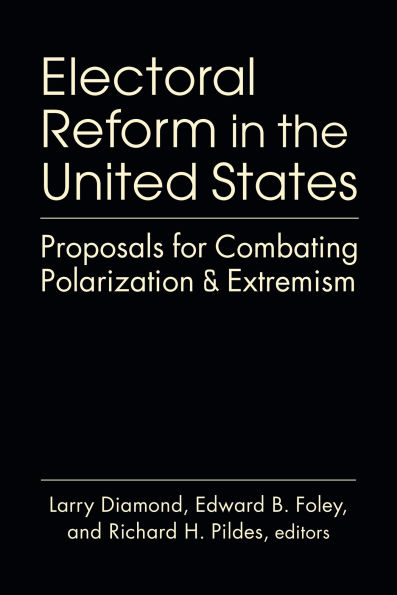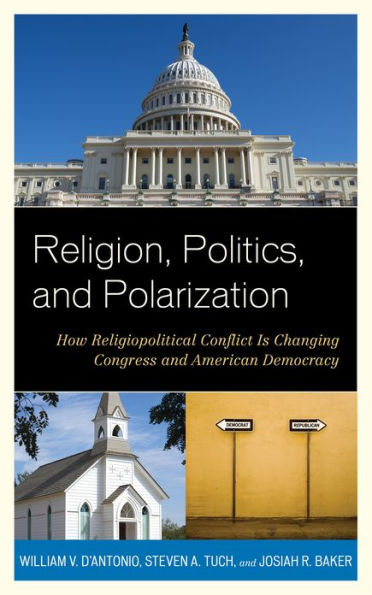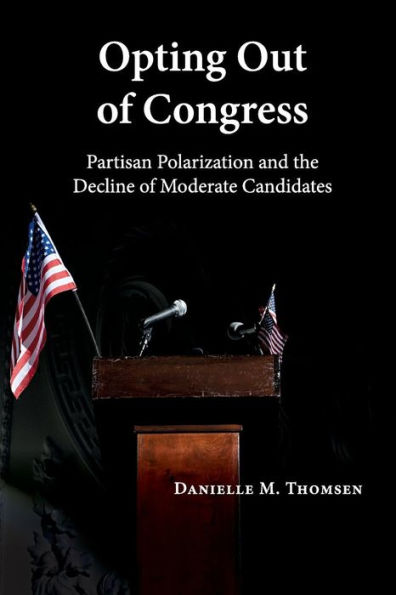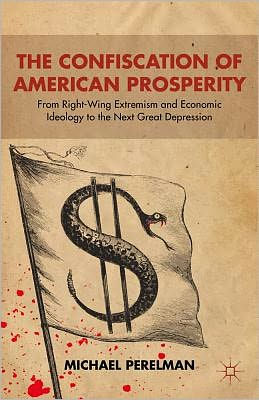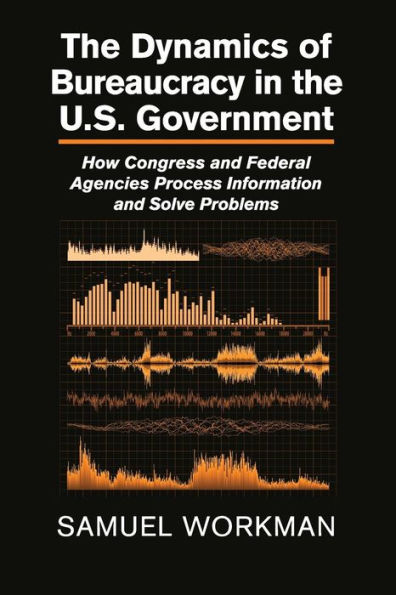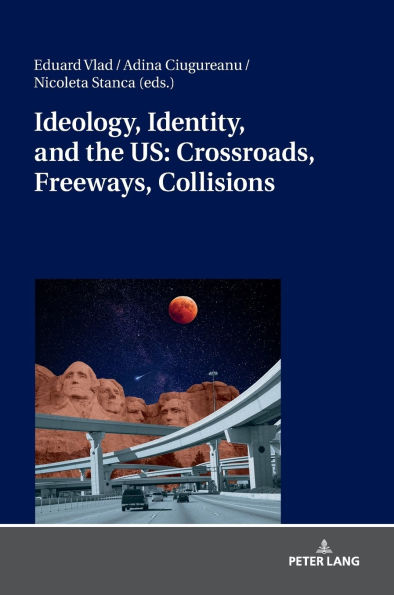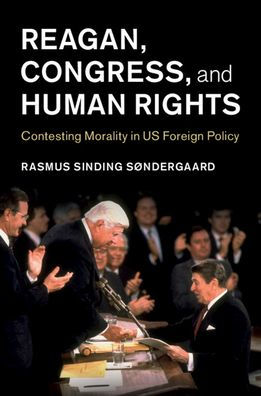Home
How Polarization Begets Polarization: Ideological Extremism the US Congress
Barnes and Noble
How Polarization Begets Polarization: Ideological Extremism the US Congress
Current price: $99.00
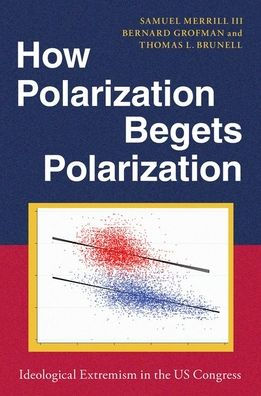

Barnes and Noble
How Polarization Begets Polarization: Ideological Extremism the US Congress
Current price: $99.00
Size: Hardcover
Loading Inventory...
*Product information may vary - to confirm product availability, pricing, shipping and return information please contact Barnes and Noble
Extreme polarization in American politicsand especially in the U.S. Congressis perhaps the most confounding political phenomenon of our time. This book binds together polarization in Congress and polarization in the electorate within an ever-expanding feedback loop. This loop is powered by the discipline exerted by the respective political parties on their Congressional members and district candidates and endorsed by the voters in each Congressional district who must choose between the alternatives offered. These alternatives are just as extreme in competitive as in lop-sided districts. Tight national party discipline produces party delegations in Congress that are widely separated from one another but each ideologically narrowly distributed.
As district constituencies become more polarized and are egged on by activists, parties are further motivated to move past a threshold and appeal to their respective bases rather than to voters in the ideological center. America has indeed acquired parties with clear platformsonce thought to be a desirable goalbut these parties are now feuding camps. What resolution might there be? Just as the progressive movement slowly replaced the Gilded Age, might a new reform effort replace the current squabble? Or could an asymmetry develop in the partisan constraints that would lead to ascendancy of the center, or might a new and over-riding issue generate a cross-cutting dimension, opening the door to a new politics? Only the future will tell.
As district constituencies become more polarized and are egged on by activists, parties are further motivated to move past a threshold and appeal to their respective bases rather than to voters in the ideological center. America has indeed acquired parties with clear platformsonce thought to be a desirable goalbut these parties are now feuding camps. What resolution might there be? Just as the progressive movement slowly replaced the Gilded Age, might a new reform effort replace the current squabble? Or could an asymmetry develop in the partisan constraints that would lead to ascendancy of the center, or might a new and over-riding issue generate a cross-cutting dimension, opening the door to a new politics? Only the future will tell.
